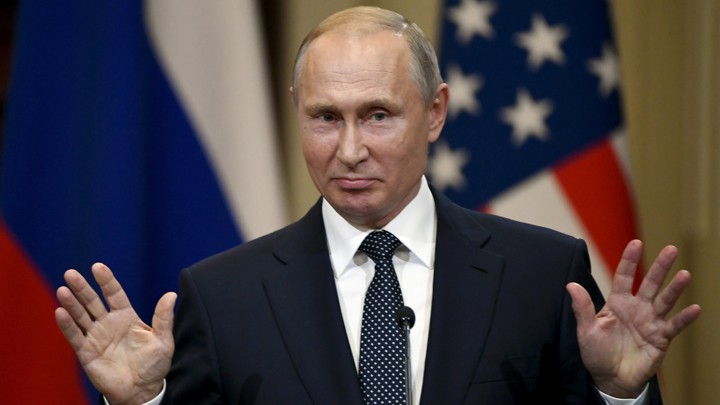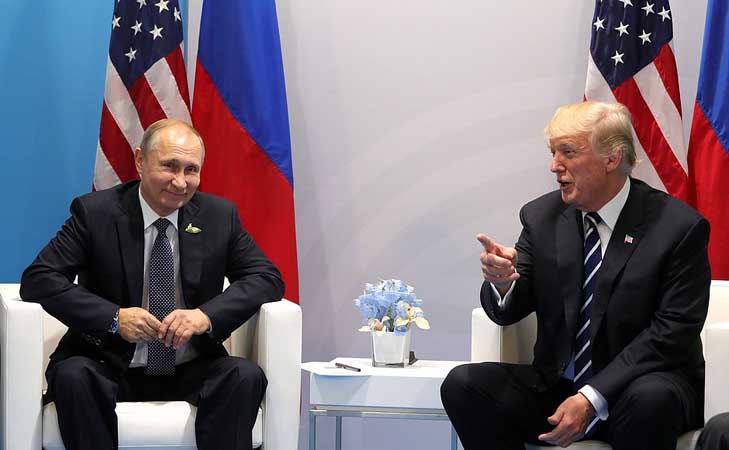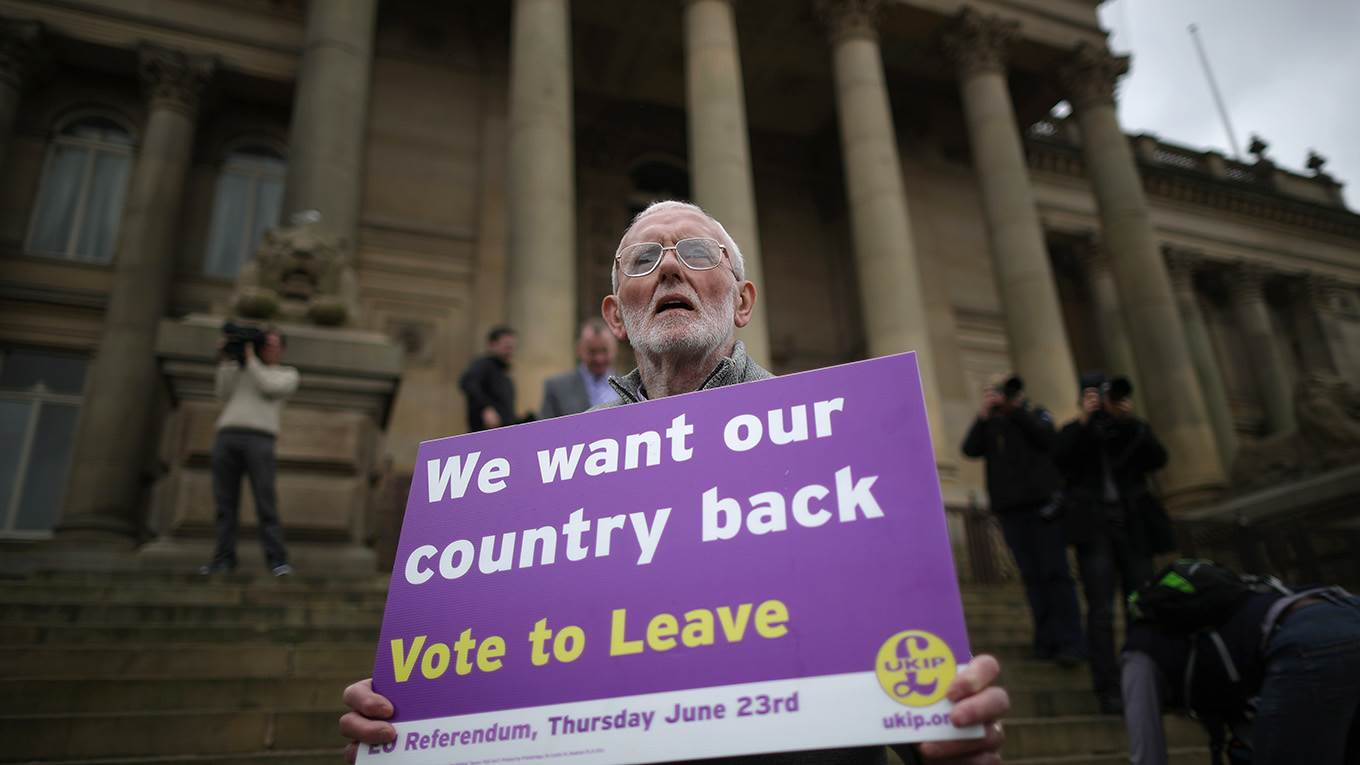by Surupa Gupta
 Surupa Gupta, Associate Professor in the Department of Political Science and International Affairs at Mary Washington University, explains that "While Modi has repeatedly spoken against rising protectionism at international venues, his domestic messaging and actions have been far more nationalist." In February 2018, India regained its position as the fastest growing large economy in the world, growing at more than seven percent for three preceding quarters and surpassing China. However, despite support for sub-regional integration in the Bay of Bengal region, the prospect that India will lead the charge on regional integration or even play a central role in efforts in Asia overall, remains dim. Several constraining factors, many of which have to do with India’s domestic political economy, make such a leadership role unlikely. Pushback from interest groups, India’s federal structure and the ruling party’s nationalist rhetoric are among several that shape India’s approach to economic liberalization in general and regional integration in particular.
Surupa Gupta, Associate Professor in the Department of Political Science and International Affairs at Mary Washington University, explains that "While Modi has repeatedly spoken against rising protectionism at international venues, his domestic messaging and actions have been far more nationalist." In February 2018, India regained its position as the fastest growing large economy in the world, growing at more than seven percent for three preceding quarters and surpassing China. However, despite support for sub-regional integration in the Bay of Bengal region, the prospect that India will lead the charge on regional integration or even play a central role in efforts in Asia overall, remains dim. Several constraining factors, many of which have to do with India’s domestic political economy, make such a leadership role unlikely. Pushback from interest groups, India’s federal structure and the ruling party’s nationalist rhetoric are among several that shape India’s approach to economic liberalization in general and regional integration in particular.















/arc-anglerfish-arc2-prod-mco.s3.amazonaws.com/public/HYP5ASX3DFAGBDXXEU7D5UOYDA.jpg)

/arc-anglerfish-arc2-prod-mco.s3.amazonaws.com/public/S2GHGV54VBDB3KNLBZDV4LB3QQ.JPG)